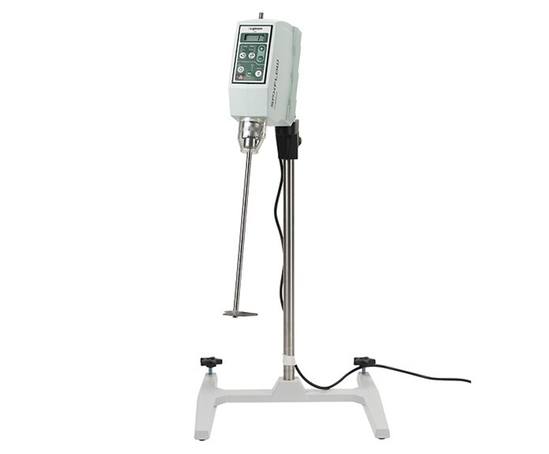
If you're planning to embark on large-scale PCR reactions or higher throughput applications, then comparing your master mixes upfront for speed (both labor or automation as well as machine run time), efficacy, fidelity and cost per reaction, can save you significant time and money in the long run. Depending on the length of the amplicon, sample type and the speed and throughput level desired, there are various master mixes available to maximize performance and efficiency. SYBRⓇ Green), which is a non-saturating dye ideal for single target identification, screening assays, or when running a limited number of samples or assays. Additionally, if you are not using sequence specific DNA probes, your master mix will need to include a non-specific DNA binding dye (i.e. If you are performing real time quantitative PCR (RT-qPCR), your master mix could include a passive internal reference dye (such as ROX) for normalization of well-to-well fluctuations in background fluorescence. Also, some PCR master mixes contain uracil-N-glycosylase (UNG) and dNTPs with dUTP to prevent contamination with carry-over amplicons by degrading PCR products from prior amplifications without degrading native nucleic acid templates.

There are also master mixes containing high fidelity polymerases that can increase yield and accuracy. You should know whether the DNA polymerase in the master mix is hot-start compatible with the inclusion of anti-Taq antibodies or aptamer complexes, which can limit non-specific DNA amplification (or mispriming) in your reaction. Not all master mixes are created equally, and understanding the differences in PCR master mix reagents can sometimes mean the difference between a successful assay or not. Understanding these basic components is essential for choosing the best master PCR mix to fit your assay needs. This means that only your template, primers, probes (if applicable), and water to volume should be added. This includes a DNA polymerase (preferably heat-stable), magnesium chloride and dNTPs in a PCR optimized buffer (often with proprietary additives/enhancers). Here, we will describe the five must-dos when evaluating a PCR master mix:Ī good PCR master mix should contain all of the components for your PCR reaction that are not specific to the sample itself. Whether you are designing small- or large- scale PCR assays for cloning, genotyping, or gene expression quantification, the master mix you choose is an essential component of your experimental design. Furthermore, depending on the goals of your experiment, there are various master mix reagents available to streamline your protocol and reduce pipetting steps and variability.


Your experimental samples are precious and your work is important, therefore you should not have to spend unnecessary time and energy troubleshooting assay reagents or optimizing your master mix components. When it comes to PCR, the success of your assay is dependent upon the quality and reliability of the reagents you use. Universal ProbeLibrary Assay Design Center


 0 kommentar(er)
0 kommentar(er)
